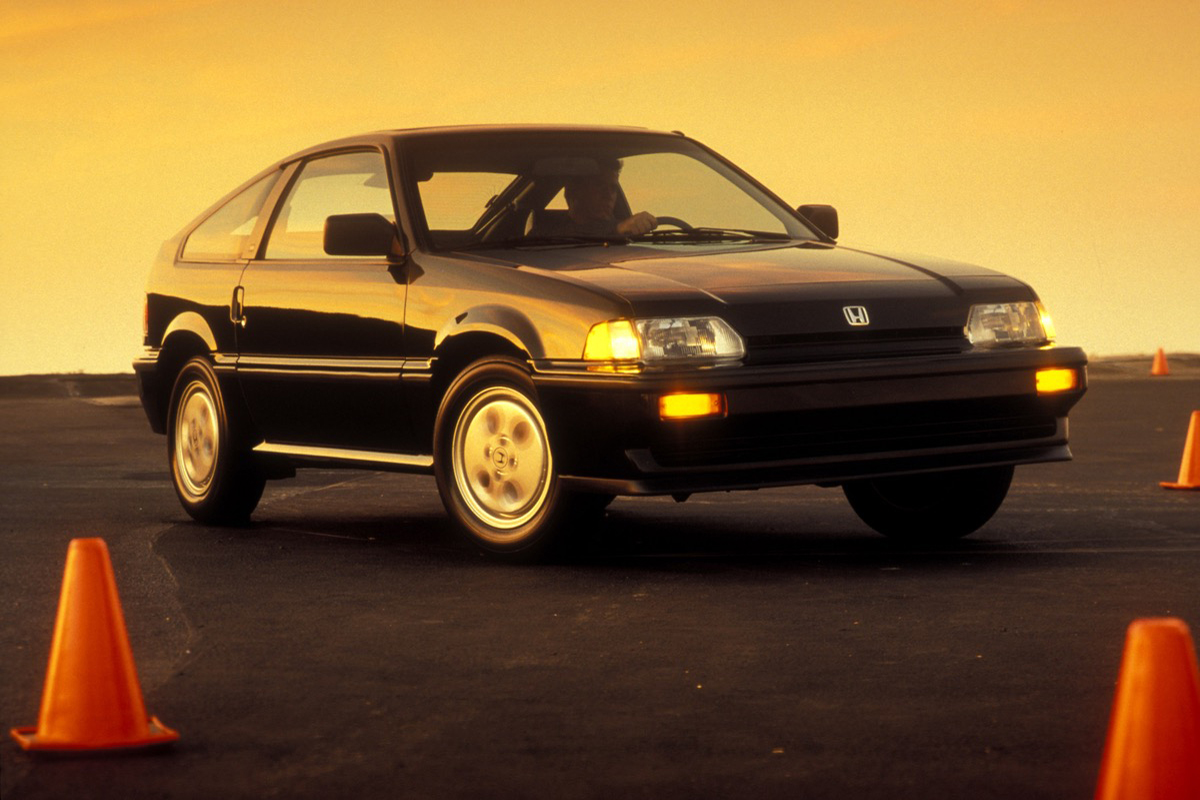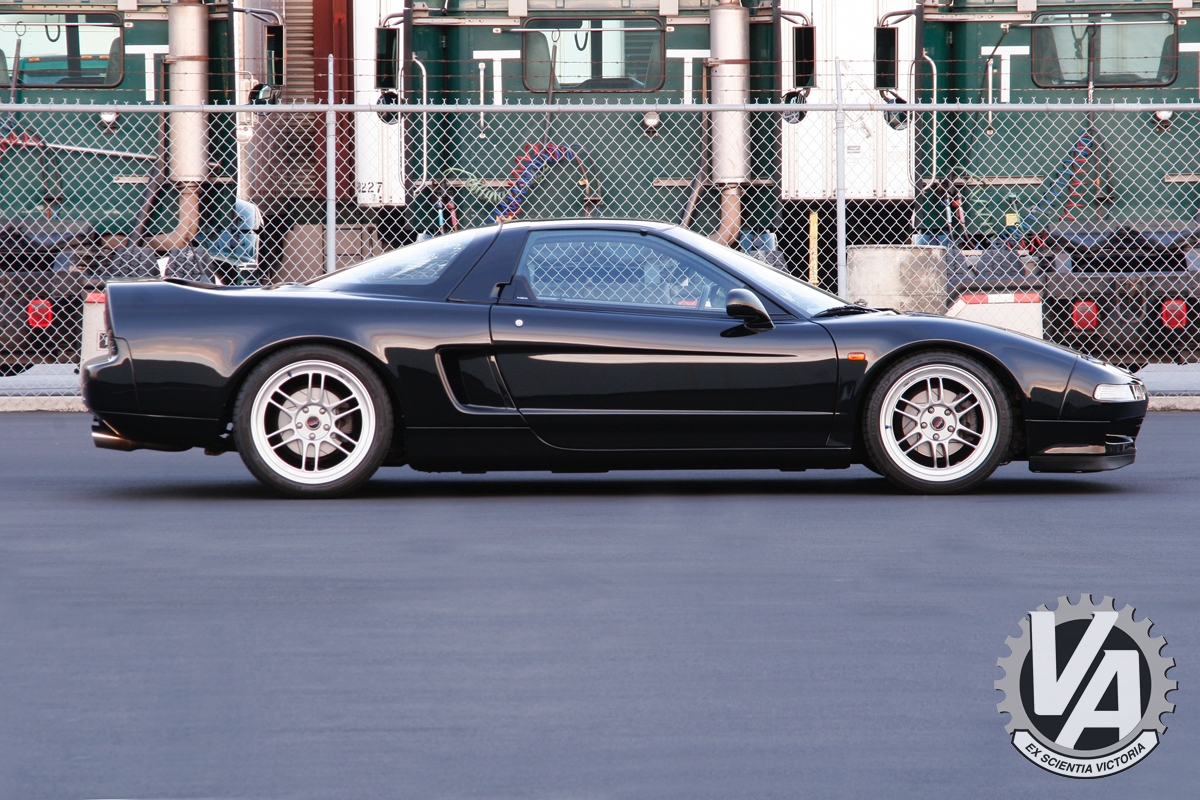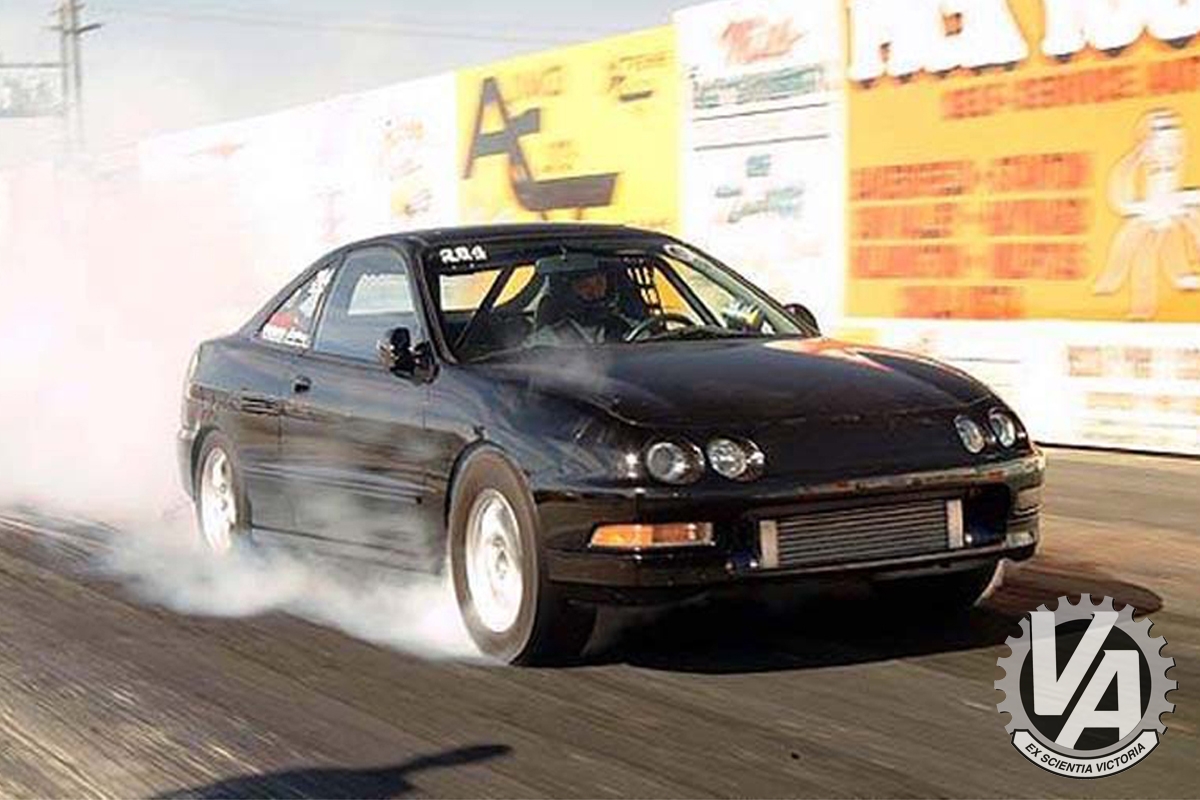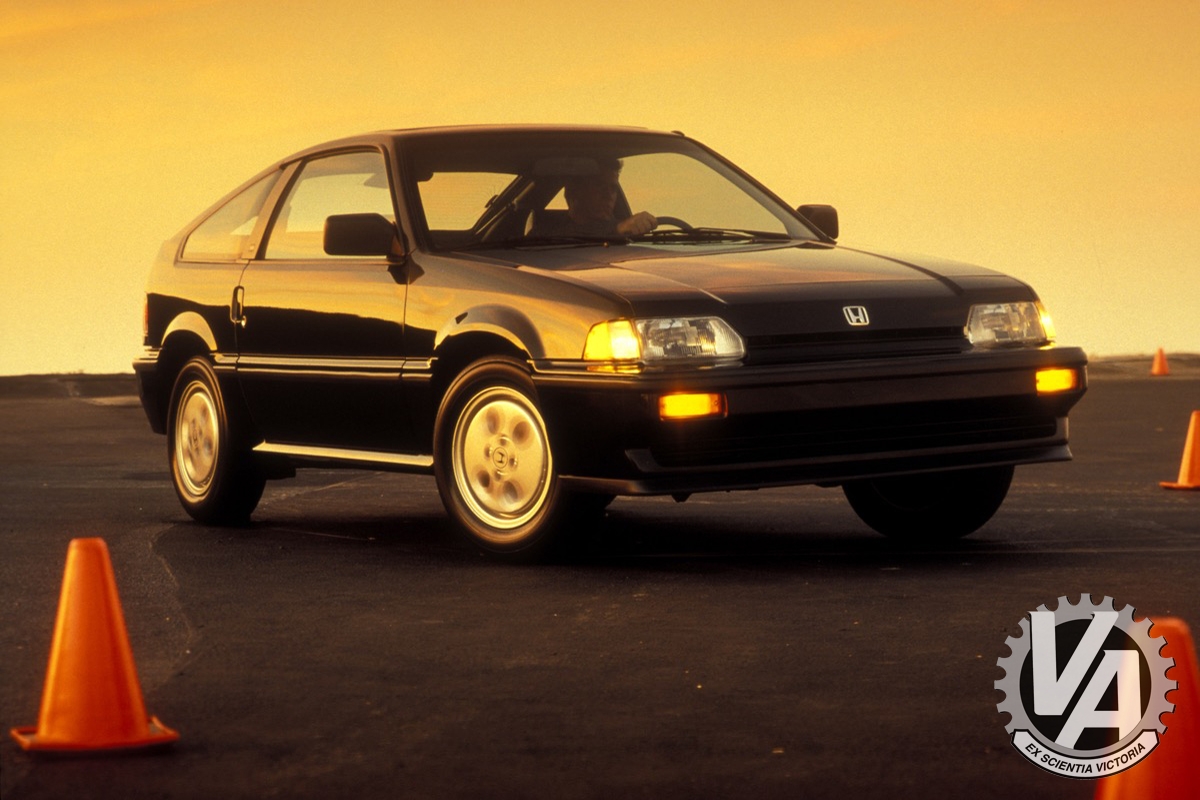
13 Jan On to the Next Build
Going back in time in search of the perfect Honda.
By Aaron Bonk
A couple of months ago I traded the key to my Berlina Black, ’91 NSX for a wad of cash. I already sort of miss the drone of the 3.0L behind me about as much as I will running my mitts across the car’s aluminum lines with a bottle of quick detailer but, as it turns out, the car was ready for a new home.
For the first time in nearly 25 years I’m without any sort of modified Honda, though. For me, the story begins with an ’87 CRX Si and, over the course of all sorts of Civics and Integras, naturally culminated into that NSX—the car that almost every Honda lover aspires to yet few ever obtain. Not because the NSX is some sort of overpriced, elitist piece of machinery—because it really isn’t—but because limited production numbers say not everybody can have one.
For eight years I played caretaker to that mid-engined coupe, learning just how much it shares in common with your aunt’s Accord yet does so without compromising its personality bred, in part, by way of important people like Ayrton Senna. And for eight years I worried I’d rack up too many miles on it, too many paint nicks, too much wear on its seat’s bolsters. Senna I am not.
As it turns out, owning an ’87 CRX Si is a whole lot easier. It’s getting harder to own anything like either car nowadays, though. Finding a golden-era Honda that hasn’t been bungled up, too-far modified, or hasn’t been rendered one big giant turd is nearly impossible. And the ability to go out and buy anything new that’s got the same sort of character or that’ll outperform those golden-era cars is diminishing. Belt-driven transmissions and sub-compacts with curb weights and dimensions heavier and larger than full-size sedans of the ’90s will tell you as much. Still, another Honda project is inevitably in my near future and’ll probably look something like this:
The ’90-’91 Integra LS coupe: This is the build I think about more than any other and that I’ve wanted to take on since second-gen Integras were still new. Put away your VTEC cylinder head but do give me your gearbox. Here, it’s all about the original B18A1, some side-drafts, and the biggest regrinds that’ll barely let it all idle. I’ve never been much of a wheel aficionado, but a set of Mugen RnRs will go nicely here.
The ’94-’95 Integra GS-R coupe: You think the Type R ought to be on my list but you’d be wrong. The GS-R was the car those of us who wanted to go fast hoped for back in the ’90s. This one will be a replica of my old car: a ’95 two-door that went through all sorts of stages, ultimately ending up in the neighborhood of 530 hp. Here, there was no body kit, no aftermarket lenses, paint jobs or any other nonsense. Just 530 hp.
The ’92-’95 Civic coupe: Street racing in the mid-1990s, there was this naturally aspirated, yellow Civic coupe that’d annihilate just about anything out there. I’ll be replicating this car, although I’m not really sure what made it tick other than the B18C swap it had underneath its hood and its Panasport rims.
The ’94-’95 Accord EX sedan: No collection of golden-era Hondas can be called complete without an Accord. I’ll take an OBDI model, ditch the F-series, and swap in some kind of H22A. Seventeen-inch Racing Hart Type Cs are about the only other thing needed here.
The ’86-’87 CRX Si: The first-generation CRX Si is old enough to where modifying it too extensively would pretty much be a sin. Still, almost 30 years later, there’s no excuse for that 1.5L engine. At the least, a B16A swap will take care of that. You can have your Mugen body kit and rarified wheels. I’m more interested in preserving the car’s original lines and maybe even leaving those factory wheels in place wrapped inside of some more purposeful tires.




No Comments